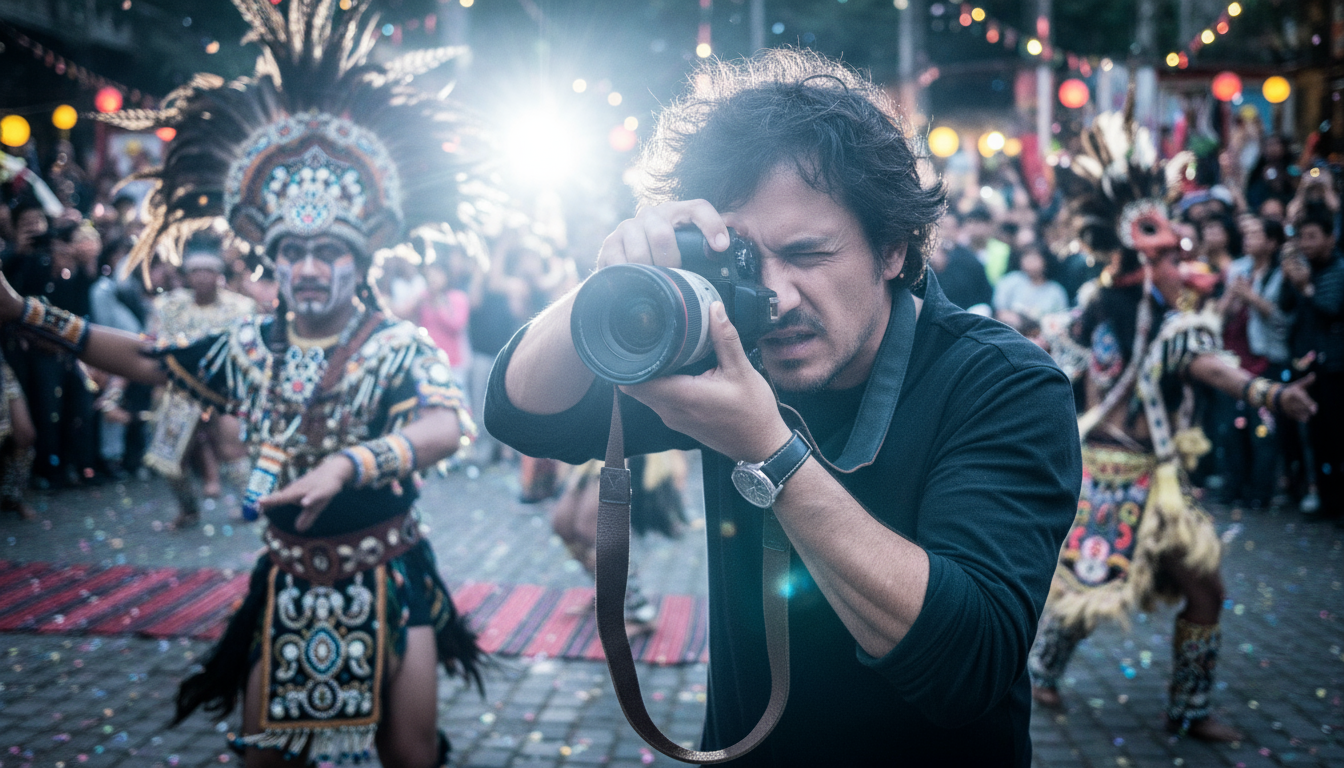Cultural events and festivals are goldmines for travel photographers, offering a vibrant, fleeting spectacle of human emotion, tradition, and color. They capture the very essence of a place and its people. However, photographing these dynamic environments presents unique challenges, from rapidly changing light to the critical need for cultural sensitivity. To move beyond tourist snapshots and capture images that genuinely tell a story, you need a blend of technical expertise and ethical awareness. These expert Photography Tips for Festivals will help you secure authentic, compelling shots while remaining a respectful guest.
Pre-Event Preparation: Research and Respect
The best photos are often the result of thorough preparation, not luck. Your first priority should always be cultural respect.
- Understand the Event’s Significance: Research the history, rituals, and meaning of the festival. Knowing why something is happening allows you to anticipate the peak moments and avoid photographing sacred or private rituals.
- Permissions and Privacy: Familiarize yourself with the organizer’s photography policies. Some festivals require media accreditation. For close-up portraits, always seek permission. A smile, a simple gesture, or learning a few phrases in the local language can often secure a priceless moment.
- Scout the Scene: Arrive early to assess the light, identify optimal shooting spots (like raised areas or clear sight lines), and note the direction of movement for parades or processions.
Technical Mastery for Dynamic Scenes
Festivals are rarely static, and the lighting is often challenging. You need fast gear and faster settings.
- Embrace a Fast Lens: Use a prime lens (like a 35mm or 50mm) with a wide aperture (f/1.4 – f/2.8). This is essential for low-light conditions, allowing you to capture the ambiance without relying heavily on flash.
- Prioritize Shutter Speed: Movement is everywhere. To freeze the action of a dancer or a performer, set your shutter speed to 1/250th of a second or higher. For capturing a sense of movement (motion blur), drop it lower, perhaps to 1/30th, while panning with your subject.
- Manage ISO: Don’t fear high ISO. While a lower ISO (100-400) provides the cleanest image, it’s better to have a slightly grainy, sharp photo at ISO 1600-3200 than a perfectly clean, blurry one. Most modern cameras handle noise well.
- Shoot in RAW: This gives you maximum flexibility in post-processing to recover detail in shadows or highlights, which is crucial when dealing with high-contrast scenes (bright sun and deep shadows).
Composition and Storytelling
A compelling photograph tells a story, and composition is your narrative structure.
- Focus on Emotion and Detail: Instead of always capturing the wide shot of the crowd, look for intimate details: the hands of an artisan, the concentration on a musician’s face, or the texture of a traditional costume. These human elements connect the viewer to the experience.
- Use Contextual Framing: Frame your subjects using natural elements like archways, banners, or the crowd itself. This adds depth and establishes the location, making the image more immersive.
- Find a High Vantage Point: This gives a unique perspective on the crowd, the scale of the event, and the patterns of movement, turning chaos into beautiful order.
Remember, the goal is to capture the authentic spirit. Be patient, be respectful, and immerse yourself in the moment—your camera will follow.

 Photography Tips for Festivals and Cultural Events">
Photography Tips for Festivals and Cultural Events">
